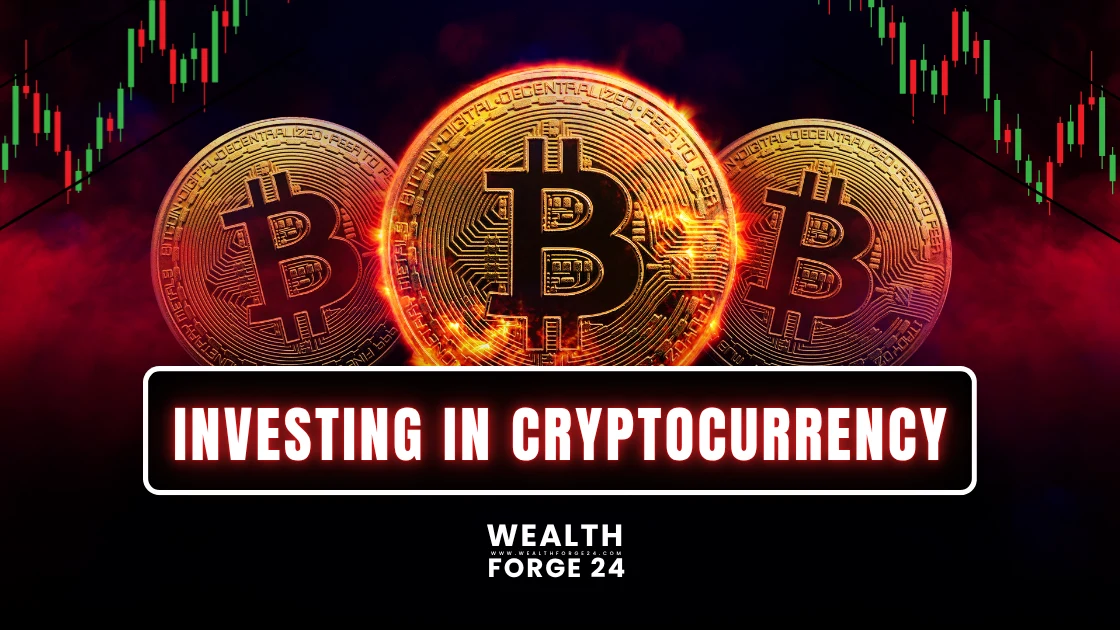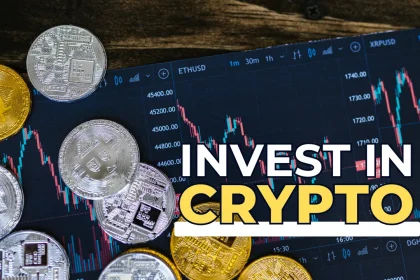What Are ETFs, Really?
Picture this: you need to make investments in the stock market; however, you do not have the time or knowledge to choose person shares one after the other. That’s where Exchange-Traded Funds—or ETF —come into play.
These funds are paintings a lot like traditional mutual funds, but with a neat twist: you could purchase and promote them on stock exchanges much like ordinary stocks! They typically comply with the fee of an unmarried asset (assume gold) or a set of assets (just like the S&P 500), giving you a clean way to diversify your investment portfolio without breaking a sweat.
An Exciting Development in Crypto
Something pretty significant happened in 2024: the U.S. Securities and Exchange Commission gave the inexperienced green light to predominant gamers like BlackRock, Fidelity, and Greyscale to release spot Bitcoin ETFs on American exchanges. What makes those unique? They truly preserve real bitcoin, not just futures contracts, just like the ones that were already available.
Why All the Buzz About ETFs?
The numbers provide compelling evidence! By the end of 2023, people worldwide had invested $11.63 trillion in ETFs—this amount is approximately six times what it was just ten years earlier.
This big surge in recognition has even created a whole new breed of economic offering organizations. We’re speaking about “robo-advisors” like Betterment and Wealthfront, which construct their investment techniques nearly entirely around ETFs.
A Quick Trip Down Memory Lane
While mutual funds had been around for almost a century, ETFs are the new kids on the block. They were first confirmed up inside the United States in 1993, while State Street Capital rolled out its S&P 500-monitoring fund (affectionately nicknamed “the spider”). That very same fund remains trading nowadays.
How Do These Things Actually Work?
It’s less difficult than you can assume! Just like person stocks, ETFs are listed on foremost exchanges—the New York Stock Exchange, Nasdaq, Shanghai Stock Exchange, you name it. And like shares, their prices bounce up and down for the duration of the buying and selling day.
Here’s where matters get exciting in comparison to mutual funds: conventional mutual funds are usually priced once a day, typically after markets close. ETFs, then again, constantly adjust the value of what they maintain through automatic shopping and selling whenever costs start to rise.
Similar to a mutual fund, most ETFs act as a field holding plenty of different securities. That’s what makes them so appealing to regular investors—you get immediate diversification with a single buy.
ETFs vs. Mutual Funds: What’s the Difference?
While they share some DNA, there are a few key distinctions worth understanding:
Getting Started: A mutual price range would possibly require you to invest a minimal quantity in advance. ETFs? You should purchase them through the proportion or maybe fractional stocks, making them accessible to quite a lot of people.
How You Buy Them: Big-call corporations like Vanguard and Schwab promote ETFs, but here’s the thing: in contrast to mutual funds, you do not purchase ETFs directly from these businesses. Instead, you are buying them from different investors through the stock trade.
Price Movement: Because ETFs exchange actively throughout the day, their prices can now and again fluctuate from the real value of what’s internal to them. That stated, they typically stick quite close to their underlying price.
Management Style: Here’s a huge advantage: most ETFs are passively controlled. There’s no fund manager hunched over a Bloomberg terminal identifying what to buy or promote. Computer algorithms cope with the trading alternatively. Without those hefty supervisor salaries to cover, ETFs usually cost less to own than actively controlled mutual funds.
Tax Efficiency: Mutual fund managers often do loads of buying and selling, which can rack up capital gains taxes that eat into your returns. ETFs usually mirror existing indexes—just like the S&P 500 for huge businesses, the Russell 2000 for smaller ones, or numerous bond indexes.
ETFs can also song single asset markets, like gold. A Bitcoin ETF works similarly.
Beyond the Basics: Specialized ETFs
Not every ETF takes the passive path. Take the famous ARK Innovation ETF (ticker: ARKK), wherein Cathie Wood actively selects businesses she believes are converting the sport, like Tesla. But this lively management comes at a rate—ARKK charges a 0.75% cost ratio, setting it within the same cost ballpark as popular mutual funds.
Some ETFs are basically twins of a mutual fund from the same agency. Vanguard, which shook up the industry with low-value investment, offers each a mutual fund and an ETF that track the S&P 500. Their returns are certainly the same; however, the ETF version has an area for smaller traders because the reason that the mutual fund model calls for a $3,000 minimum funding.
While index-monitoring ETFs are the gang favorite, there is a first-rate variety out there. You’ve got sector ETFs that focus on specific industries like tech or hashish. There are thematic ETFs, like one designed for Catholics who need to make investments most effective in companies assembled according to religious principles.
And then there are the greater complex alternatives—leveraged ETFs that enlarge both gains and losses and inverse ETFs designed to earn when markets fall.
Before You Dive In
Here’s some friendly advice: before placing your cash into any ETF, take time to check the fund’s materials (usually available on their website) to make certain you recognize what you’re buying. And when you have questions on your typical economic game plan, talking to a certified investment consultant is usually a smart move.







